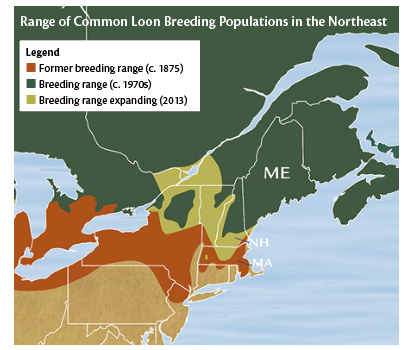The objective is to understand the vulnerabilities to climate change impacts. Following a free, prior and informed consent process with stakeholders, the community level vulnerability assessment identifies climate threats and impacts, assesses threats and impacts to community livelihood assets and identifies vulnerabilities and vulnerability response topics.
In Bishnupur, a locally based coordinator supported the assessment for six months. A female field worker from the Himalayan Grassroots Women's Natural Resource Management Association consulted women stakeholders. It was perceived as inappropriate for male workers to engage with women.
A series of matrices allow for clear collection, organization and evaluation of climate change and socioeconomic information to assess vulnerabilities. Each matrix builds on information captured in the previous one. The climatic variables and exposed sectors analysed in the matrices depend on site specific factors.
The matrices are completed using primary and secondary data. Primary data comes from participatory rural appraisal and participatory action research. Community forest user group’s guidelines and operational plans, district-level government offices, and forest and land use research institutes provide secondary data.
Community forest user groups in Nepal use participatory processes and hold socio-economic and biophysical information needed for vulnerability assessments. Stakeholders must be willing to work together—local government and sectoral agencies such as the District Forest Office supported the process in Bishnupur. Having an experienced facilitator who is sensitive to the local context is key. They must be familiar with complex aspects of climate vulnerability under assessment and able to create space and opportunities to recognize the relevance of community voices.
A lack of empirical data is a challenge for implementing vulnerability assessments at community and local levels. Participatory tools to map climatic trends can help overcome the challenge to an extent. Empirical evidence remains important to analyze and validate information community members share.
For example, the Bishnupur community interpreted climate trends as leading to drought. The days of rainfall had decreased but the meteorological data showed that overall rainfall had increased. After informing the community about the finding, the proiect prioritized water management and capture as a key intervention area.
Climate vulnerability assessment processes can be an opportunity to raise awareness about climate change among community members and other stakeholders. Representatives from local government and sectoral agencies were invited in the vulnerability assessment process in Bishnupur. They contributed to the analysis and benefited from a nuanced understanding of how climate change is affecting communities and what actions to take. This helped to secure their support to implement adaptation interventions.
